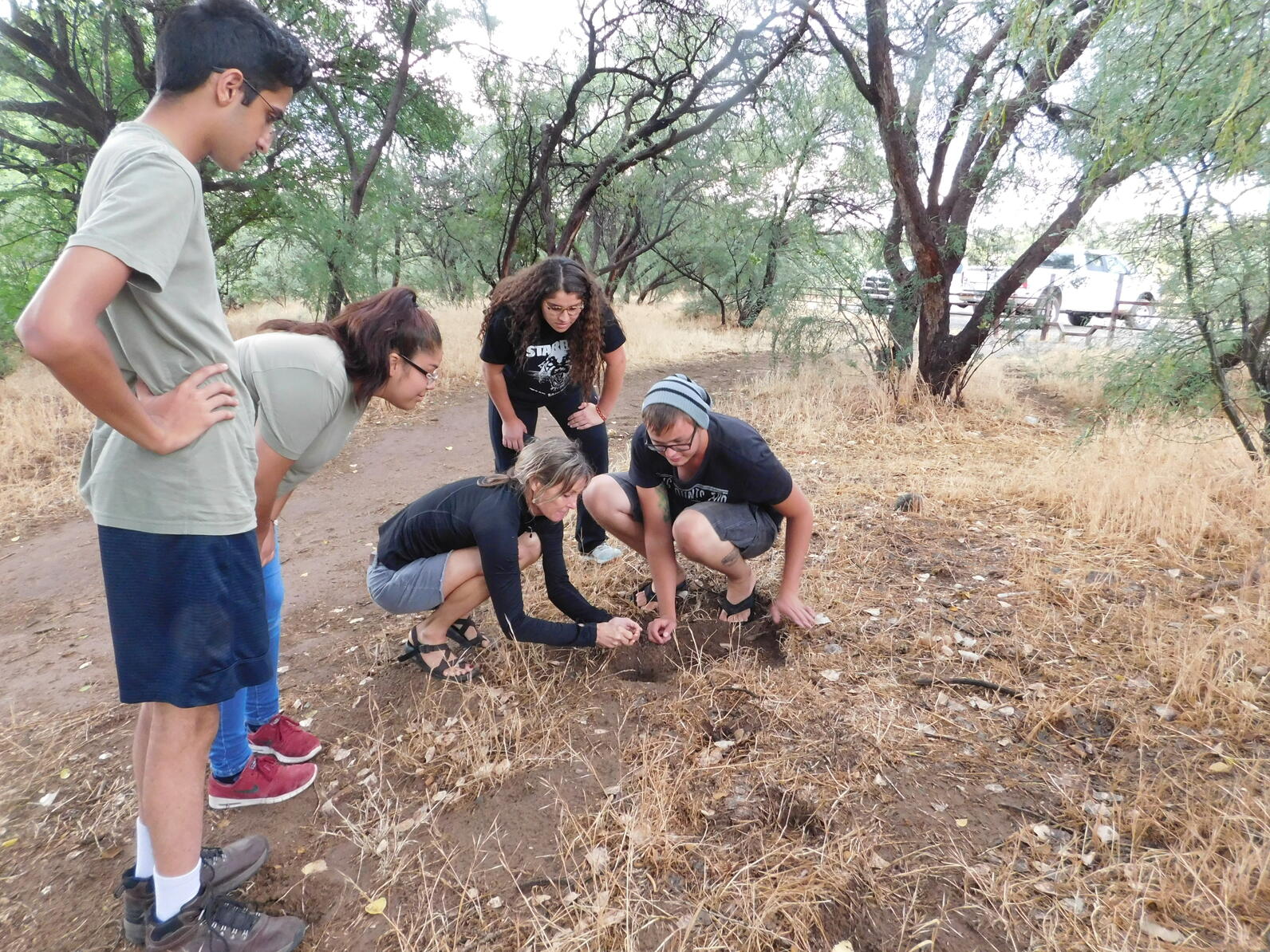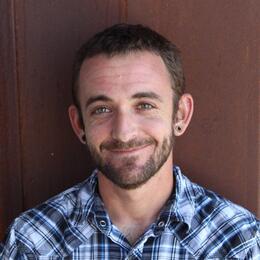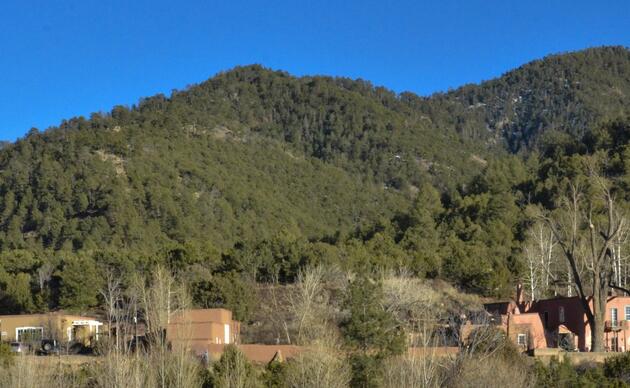As David O’Neill, Audubon’s Chief Conservation Officer, says in the forward to our Water and Birds in the Arid West report, “The challenges we face on the Colorado River and across saline lakes are significant – and seem overwhelming. The good news is that there are solutions…” We know that collaboration, innovation, and flexibility will be critical to managing our water for human and environmental needs, but what will these solutions look like?
Some may take the form of large-scale, basin-wide programs like the Bureau of Reclamation’s System Conservation Pilot Program which, through voluntary collaboration and incentives to farmers, has already saved over 60,000 acre feet of water. Others may be more local, like the recent agreement between Arizona, Phoenix, the Gila River Indian Community, the Bureau of Reclamation, and the Walton Family Foundation to leave 40,000 acre-feet of water in Lake Mead this year. Others will be the actions of individuals, like those of this year’s River Pathways Western Yellow-billed Cuckoo survey crew. These young scientists, still in high school and college, dedicate their summer to furthering the understanding of the cuckoo, one of the vulnerable species highlighted in the National Audubon Society’s report.
Read on to learn more about this season’s crew.
Daniel Hite
Now in his third season with Audubon, Daniel, only 20 years old, is well on his way to a career in conservation. His innate passion for birds was fostered by the Desert Rivers Audubon Society, our East Valley chapter, and he was already a skilled birder when he came on his first field trip with Audubon Arizona. Daniel, having moved past his position as a field intern to be the first Audubon Arizona Yellow-billed Cuckoo Field Technician, now leads crews of his own, assists with education programs, and works part time for a local environmental consulting firm.
Aritzel Baez
Aritzel, 16 years old and originally from Cuatula – a city in the Mexican state of Morelos, is in her first year on our summer field crew. She came to Audubon looking to make productive use of her summer months, see the state outside of urban Phoenix, and explore an “out of the ordinary, outdoor job”. Her trips with the crew are among her first experiences camping and, once school starts back up, she’s excited to get her family outdoors to share with them all that she’s learned.
Ruth Garcia
Ruth, 18 years old and a resident of South Phoenix, is an immediate neighbor to the Nina Mason Pulliam Rio Salado Audubon Center. She had visited the Center only once and had little knowledge about Audubon or our mission prior to joining the crew. After this summer, she will be headed to Arizona State University to study sustainability, but she is unsure exactly how she wants to use her degree. Through this internship experience, she hopes to get a good taste of what it means to be a field biologist as part of journey to find how she best fits into the conservation movement.
Ameya Thatte
Ameya, 16 years old and our second intern from the Desert Rivers Audubon Society, has been leading bird walks for his Chapter for years, but had no experience with camping or formal field work. He has a strong affinity toward conservation, saying that “wildlife - birds in particular - give us a connection to nature, which is getting harder to come by in an urbanizing world. Here in Arizona, rivers are a lifeline for all these creatures.” Whether it be through a career in conservation or participation with Audubon Arizona and his local chapter, Ameya is sure to be a lifelong advocate for Arizona’s habitats, rivers, birds, and other wildlife.

In Audubon’s Water and Birds in the Arid West report, David O’Neill said “Science…grounds our recommendations and informs our conservation planning. Passion for birds mobilizes the Audubon network of chapters and our politically diverse members and supporters. And this combination earns us credibility and influence around water management and policy decisions.”
We’d like to thank each of this year’s River Pathways crew members, and each of our Western Rivers Action Network advocates, for making it all possible.
Take Action | Events and Webinars | Follow us on Facebook | Donate | Storymaps
River Pathways is generously supported by the Bureau of Land Management, the US Forest Service, Subaru of America Foundation, APS Foundation, National Environmental Education & Training Foundation, Phoenix Industrial Development Authority, Royal Bank of Canada Foundation, Intel Corporation, and Central Arizona Project.

By Steven Prager
Randall Davey Audubon Center and Sanctuary
Visit the Randall Davey Audubon Center and Sanctuary in Santa Fe, New Mexico.



